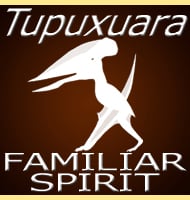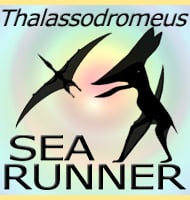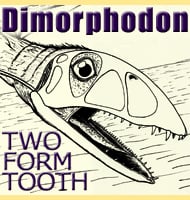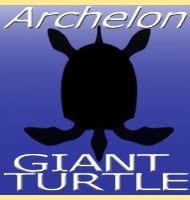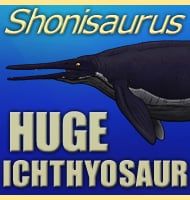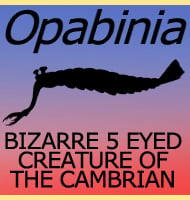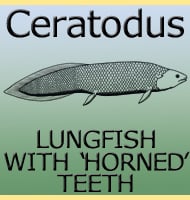In Depth
Analysis of the location of the find suggests that Casineria lived in a dry environment and was quite possibly one of the first amniotes, laying eggs on dry land as opposed to having to return to the water for spawning. Because Casineria had claws, it would already have the genetic requirement to form scales and in life may have represented a small lizard. Its small size would have made it ideal for hunting the invertebrates of the carboniferous.
Further Reading
– An amniote-like skeleton from the Early Carboniferous of Scotland. – Nature. 398 (6727): 508–513. – R. L. Paton, T. R. Smithson & J. A. Clack – 1999.

